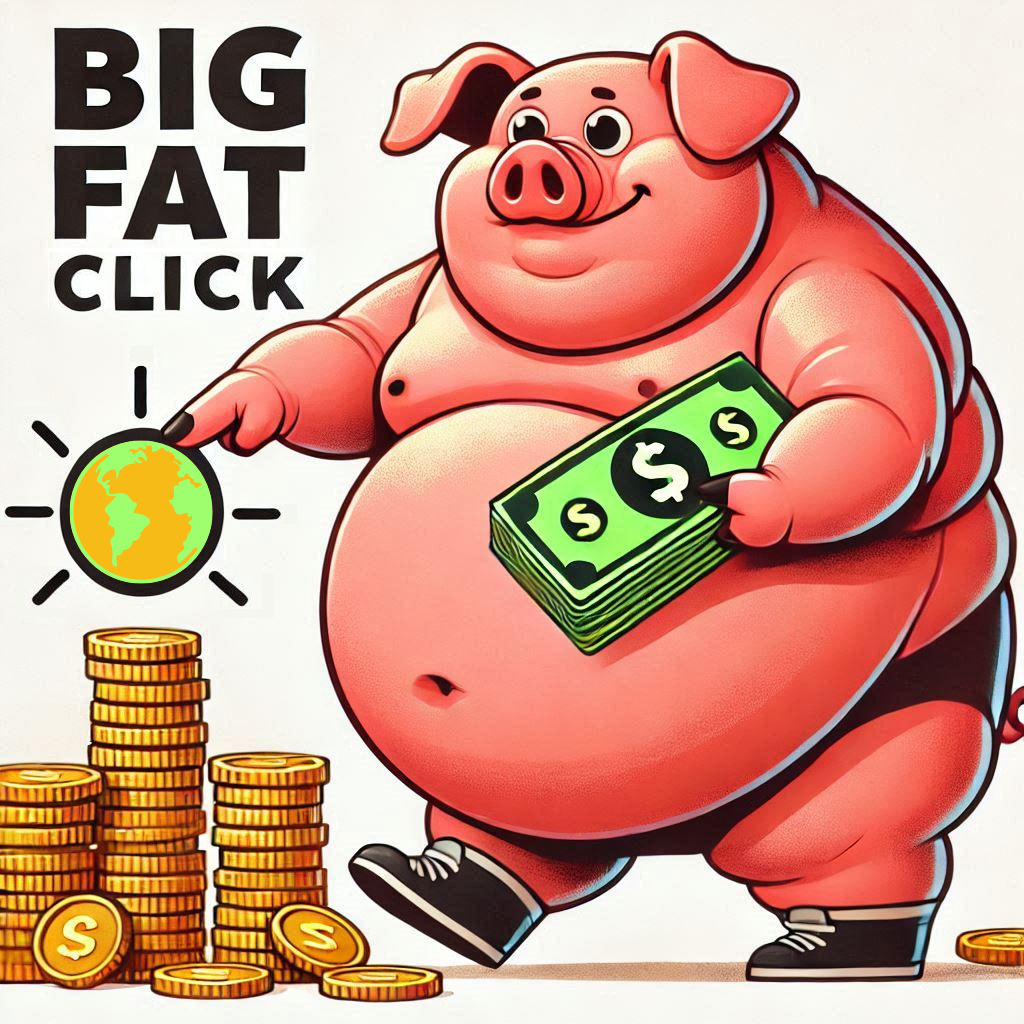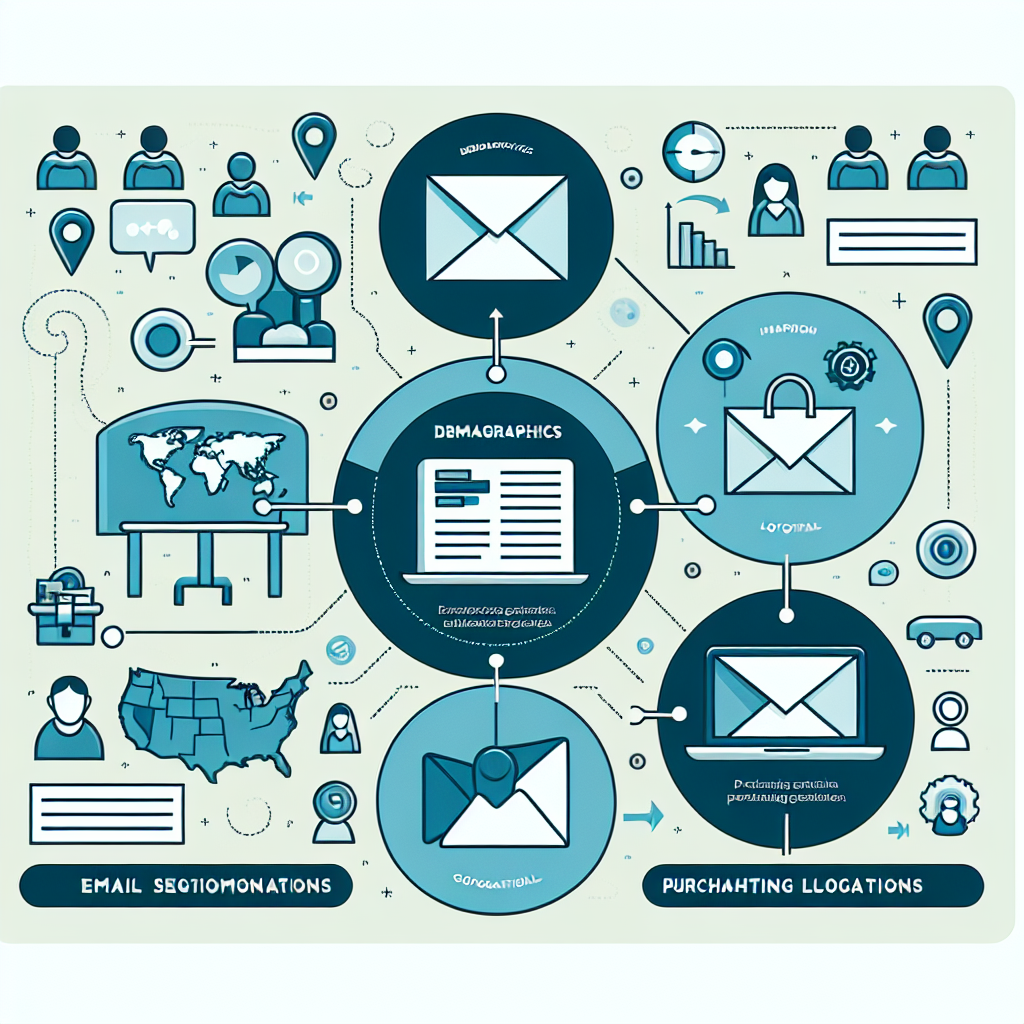
Copywriting is often seen as an art, a craft that dances between creativity and communication. Behind every compelling headline, persuasive call-to-action (CTA), and heart-stirring brand story lies one fundamental truth: the psychology behind words.
Why are some ads unforgettable while others fade into the background? Why do certain emails compel you to click, while others end up in the trash folder? The secret lies in understanding how words influence human thoughts, emotions, and behaviors. Let’s dive into this fascinating intersection of science and creativity.
What Is the Psychology Behind Words in Copywriting?
The psychology behind words refers to the way language shapes perception, decision-making, and emotional response. As humans, we are wired to respond to particular words and phrases that evoke emotions or align with our desires and fears.
This is why great copywriting isn’t just about writing grammatically sound content; it’s about choosing words that resonate on a psychological level. Think about words like “limited time,” “exclusive,” or “free.” These aren’t just placeholders—they’re triggers that tap into primal human instincts like scarcity, belonging, and reward.
3 Psychological Principles Every Copywriter Must Know
1. The Power of Emotional Triggers
If you want to connect with your audience, logic alone won’t do. Decisions are often driven by emotion, not reason. The trick is identifying emotions relevant to your target audience. Are they looking for hope, relief, excitement, or inspiration? Use power words like “transform,” “discover,” or “unlock” to stir emotions while addressing their needs.
For instance, instead of saying, “Our software improves efficiency,” why not say, “Transform the way you work and reclaim hours of your day with our software”? The emotional difference is palpable.
2. Scarcity and Urgency
The fear of missing out (FOMO) is one of the strongest motivators in human psychology. Scarcity and urgency create a sense of immediacy, pushing people to take action quickly. Words like “limited stock,” “offer ends tonight,” and “only 3 spots left” tap into this psychological principle effectively.
However, be honest when using this tactic. Misleading your audience with fake urgency can harm your brand’s credibility in the long run.
3. Social Proof
People tend to follow the crowd, especially when they’re uncertain. This is why testimonials, reviews, or phrases like “trusted by over 1 million users” can significantly boost your copy’s effectiveness. Bonus points if your testimonials are backed by data or specific results.
Incorporate relevant social proof into your copywriting to establish credibility and build trust. Remember, a simple phrase like “customers love this product” can carry more weight than an entire paragraph of self-promotion.
How to Master the Psychology Behind Words
Now that you understand the principles, let’s talk about how to implement them into your writing. Here are three actionable steps to start mastering the psychology behind words:
1. Know Your Audience’s Pain Points
If you don’t know what keeps your audience up at night, your words will always miss the mark. Research your audience’s pain points, goals, and desires. Then, use your copy to show them how your product or service is the solution they’ve been searching for.
2. A/B Test Your Copy
Even the best copywriting can be improved with data. Experiment with different headlines, CTAs, or email subject lines to see what resonates with your audience. A/B testing reveals what psychological triggers are most effective for your specific market.
3. Use Storytelling to Build Connection
Stories are hardwired into our brains. They engage the emotional and cognitive parts of the mind, making them a powerful tool in copywriting. Use storytelling to show how your product changes lives, solves problems, or creates transformation.
Why the Psychology Behind Words is Your Secret Weapon
Words have power. They can inspire action, evoke emotion, and change perceptions. When you understand the psychology behind words, you’re no longer just a writer—you’re a strategist capable of shaping how your audience feels and acts.
So the next time you sit down to write that ad, email, or landing page, don’t just focus on what you want to say. Think about how your words will make the reader feel. Because at the heart of compelling copywriting lies the ability to connect deeply with those you seek to serve.
Want to learn more about the art and science of copywriting? Visit Big Fat Click often and subscribe to our blog for actionable tips and psychological insights that will transform the way you write.






